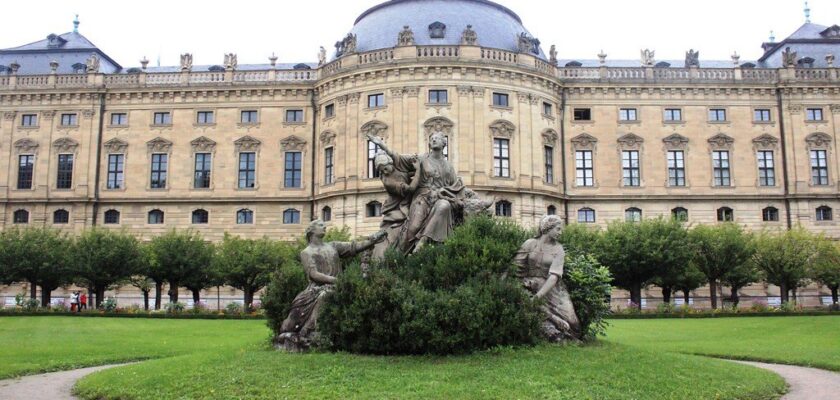Würzburg Residence
Würzburg Residence is a picturesque palace built in the best traditions of the South German Baroque in the first half of the 18th century and located in the Bavarian city of Würzburg. The residence was intended for the permanent residence of the archbishops-curfürsts, so the best architects of their time worked on its creation. The palace complex is recognized as one of the masterpieces of European architecture and has been included in the UNESCO World Heritage List since 1981.
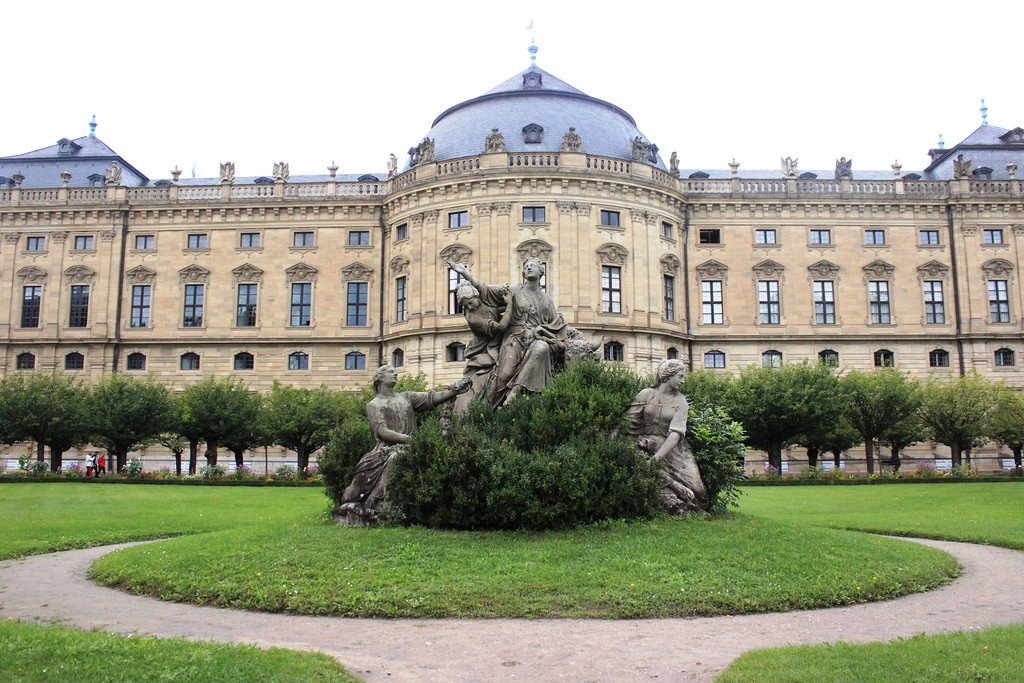
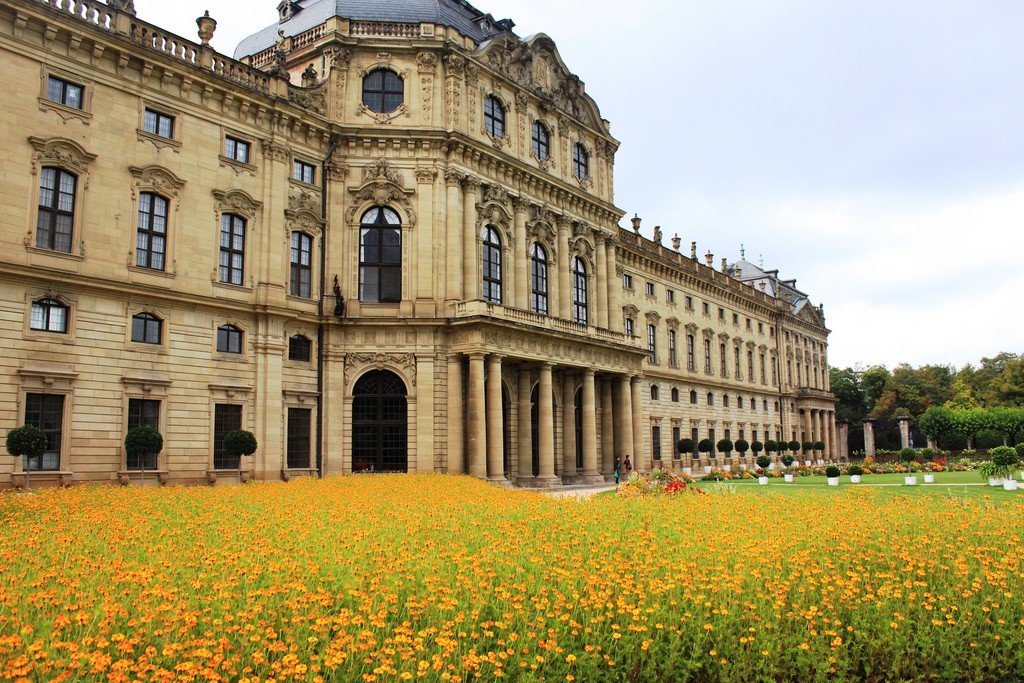

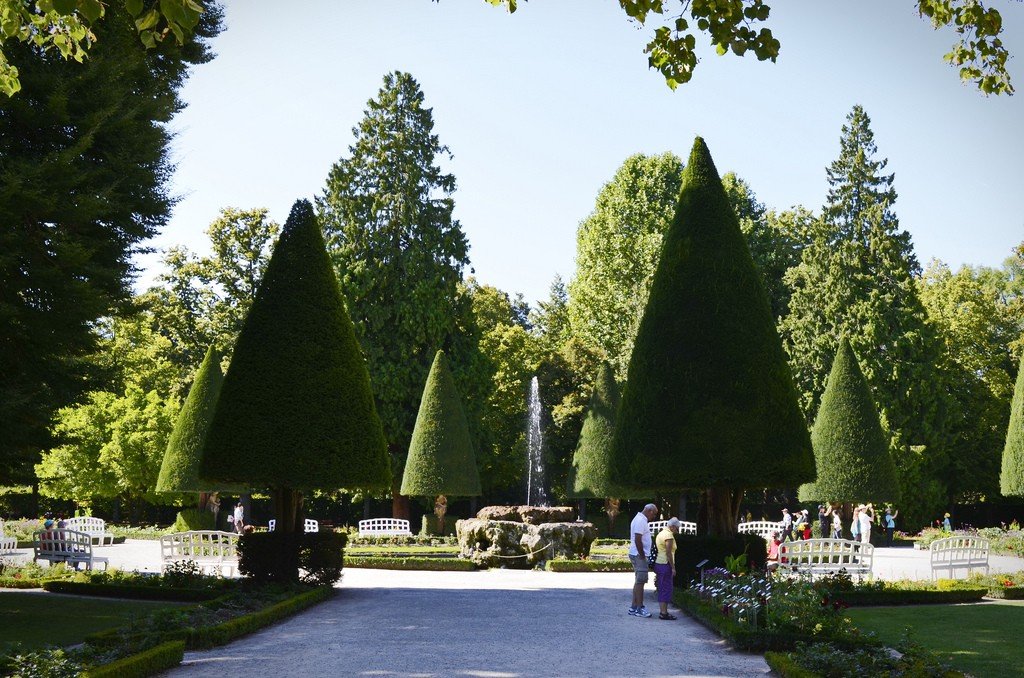
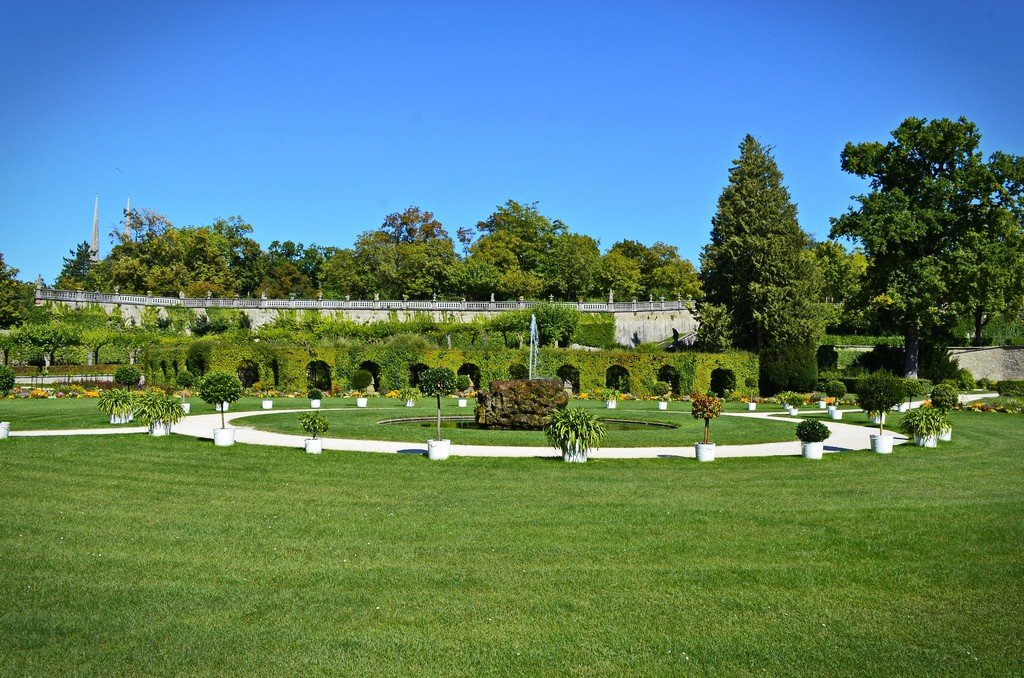
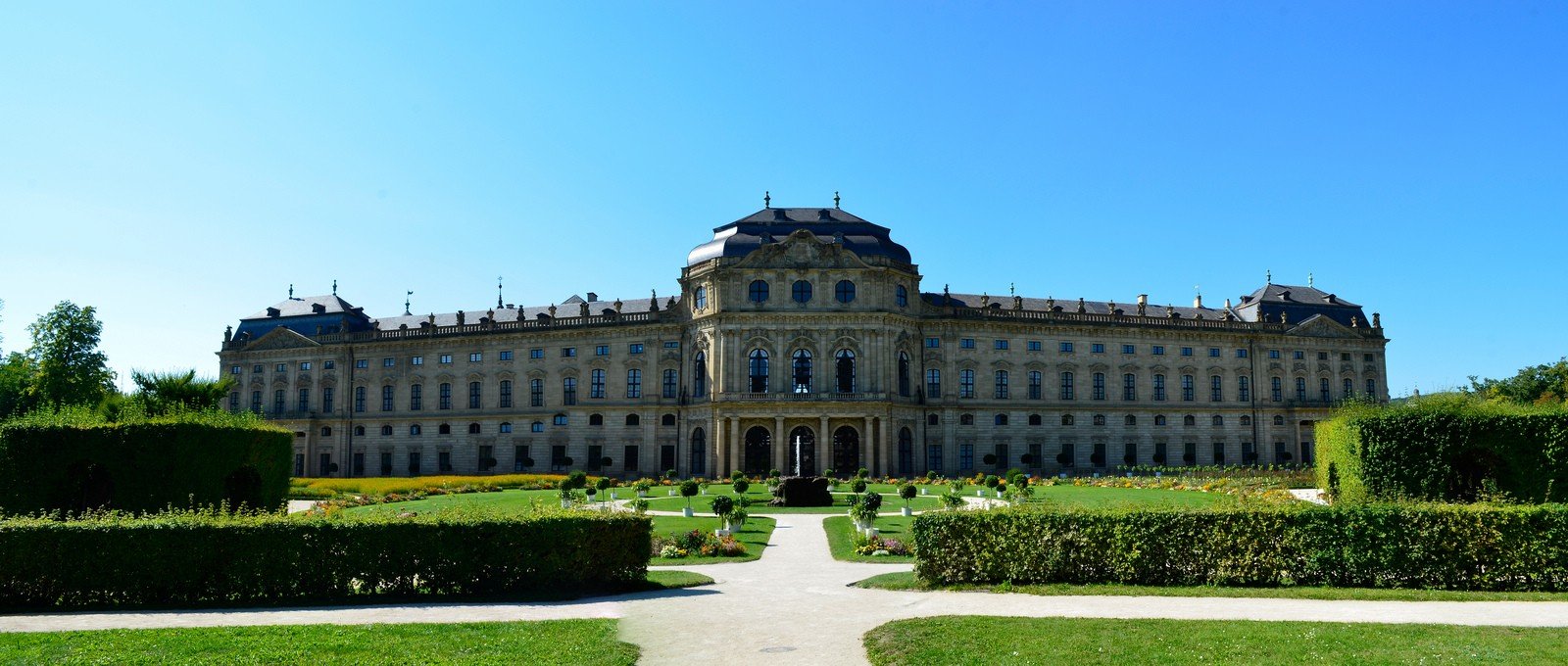
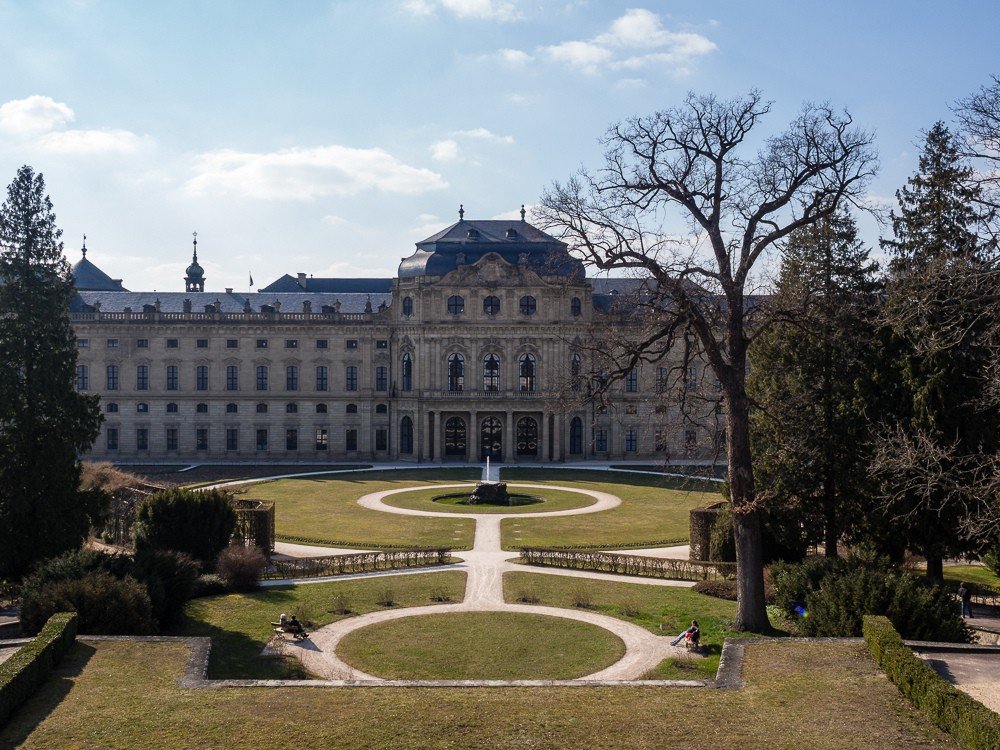
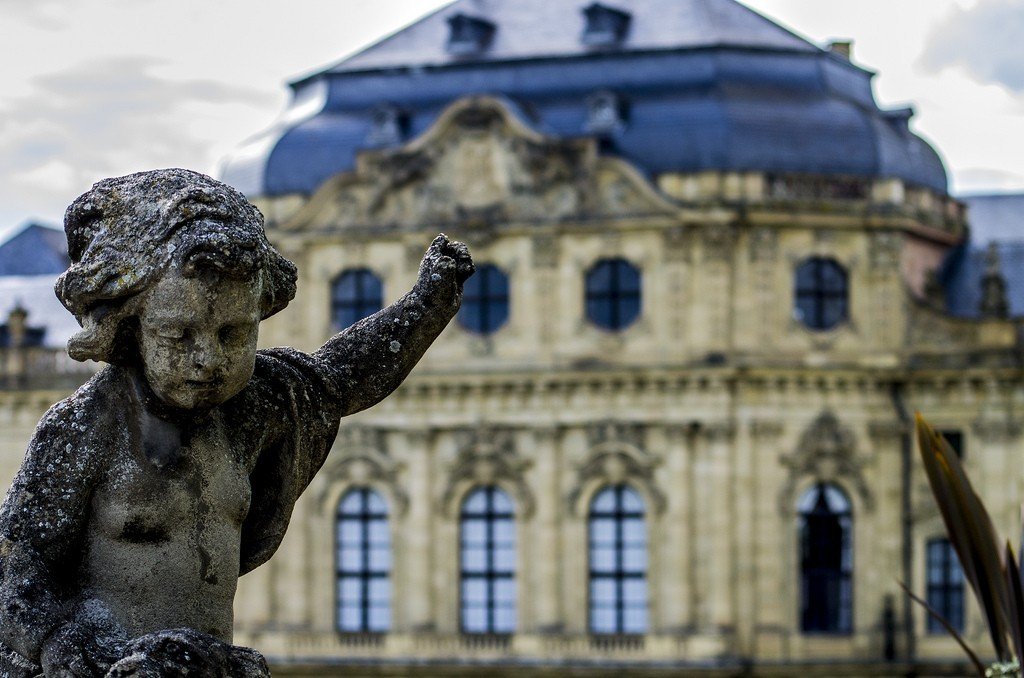
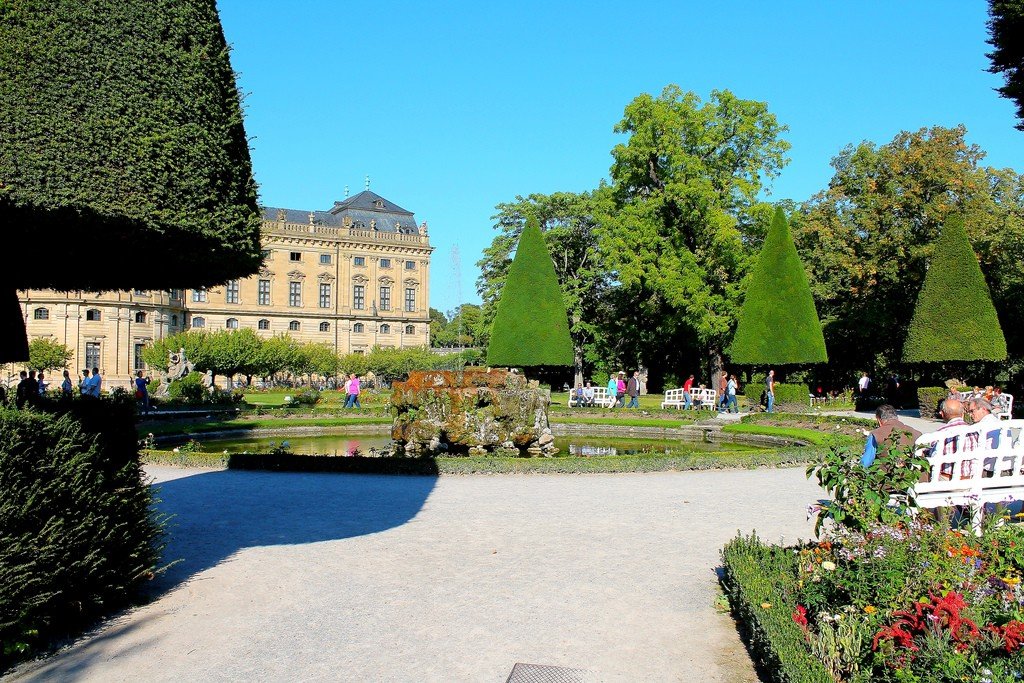
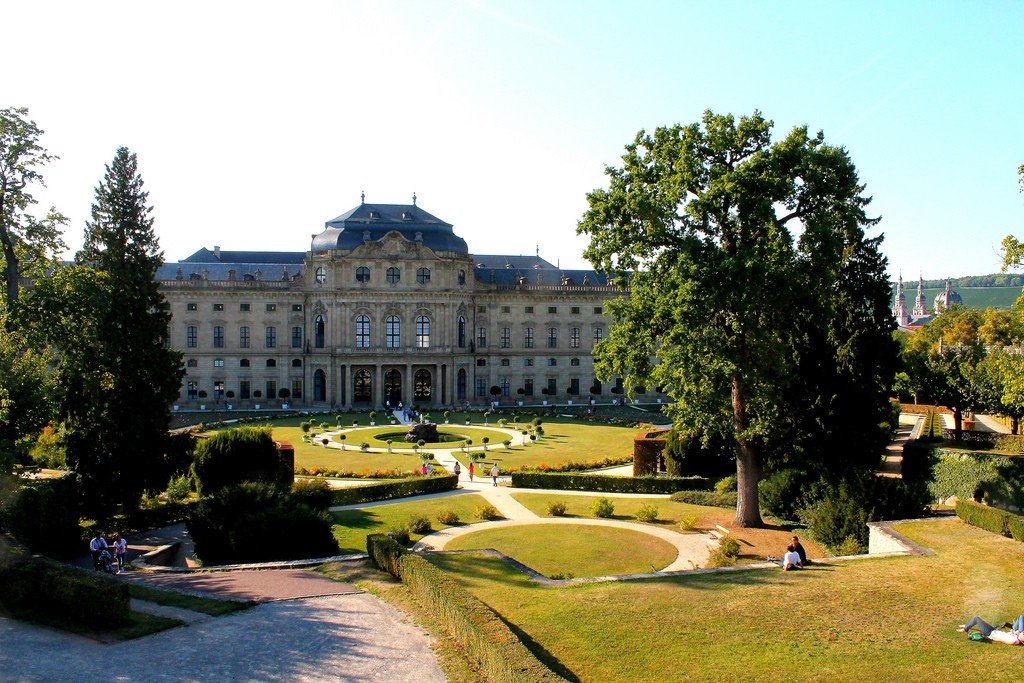
What to see
The Würzburg Residence has four hundred halls and rooms, but 42 of them are open to tourists. The ceiling above the central staircase is decorated with frescoes created by the greatest Italian Rococo artist Giovanni Battista Tiepolo and his eldest son Domenico.
>
The magnificent Imperial Hall attracts special attention of visitors. The frescoes on its ceiling were also painted by Giovanni Battista Tiepolo and their subject is the history of Würzburg. Other rooms – the Small Study, the White Hall and the Green Hall – feature beautiful reliefs, colored marble, gilding, large mirrors and fine moldings.
The Würzburg residence is surrounded by the Hofgarten palace garden, and its hallmark is the Court of Honor. At the end of the 19th century, the Franconian Fountain, made by the famous sculptor and foundryman Ferdinand von Miller, appeared here..
Tourists
The palace doors are open to tourists on any day: from November to March from 10.00 to 16.30, and from April to October from 9.00 to 18.00. A ticket for an adult costs €7.5. Visitors under the age of 18 are admitted free of charge. It is only possible to visit the Würzburg Residence as part of a tour group.
.History of the construction and reconstruction of the Würzburg Residence
At the beginning of the 18th century, Archbishop Johann Philipp Franz von Schönborn wanted to move his court to a comfortable building. Since 1704, a small palace had been located on the site of the future Würzburg residence, but the archbishop wanted it to be more luxurious.
>
The money to build a new palace complex appeared in 1719, after the archbishop won a legal battle. The erection of the new building stretched for 60 years. Prominent architects from different countries took part in the construction, and the overall management of the large-scale project was carried out by the famous architect Johann Balthasar Neumann.
.
In 1724, Archbishop von Schönborn died. After him, two more church hierarchs were in charge of the construction of the Würzburg residence. When the building was ready, much effort and time was spent on finishing the interior. Finally in 1780 the main works were finished. At the end of World War II, the palace complex suffered considerable damage from bombing, but after a long restoration, the magnificent halls were able to be completely restored.
.How to get there
The Würzburg Residence is located on the spacious Residenzplatz square, 0.9 km from the Würzburg-Süd train station and 1.1 km from the Würzburg Hbf train station. The palace can be reached by buses no. 2, 9, 6, 12, 14, 16 and 20 and streetcars no. 1, 3 and 5.
.